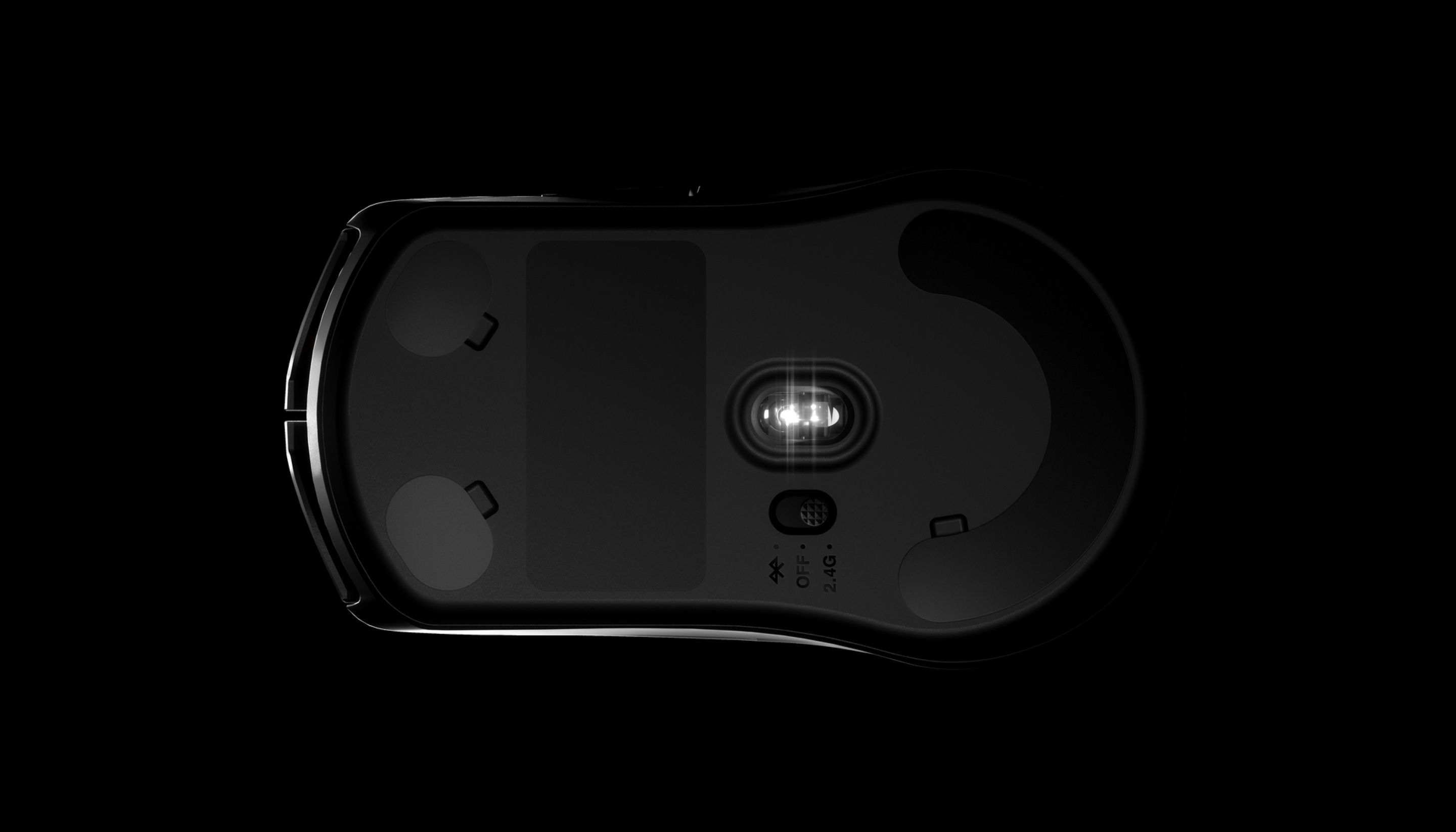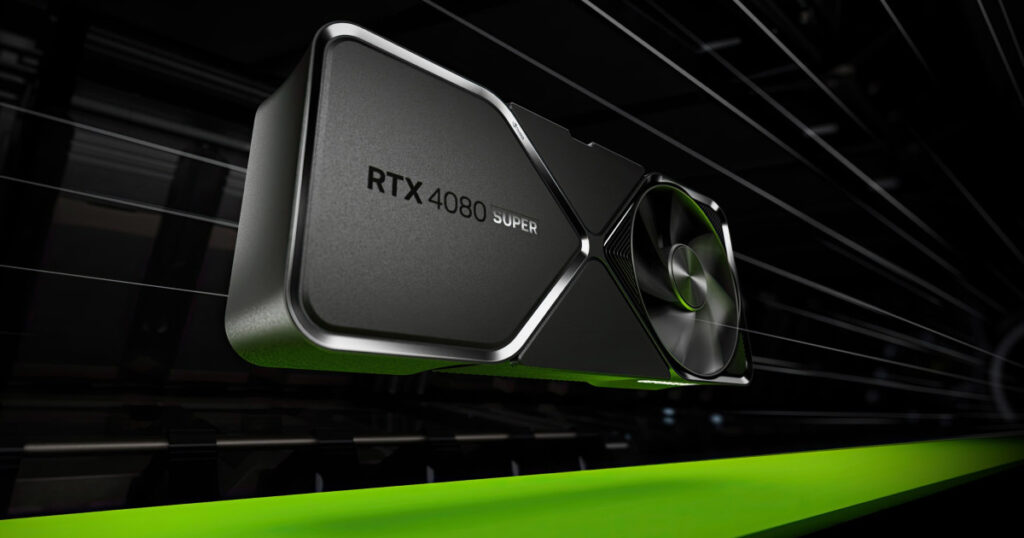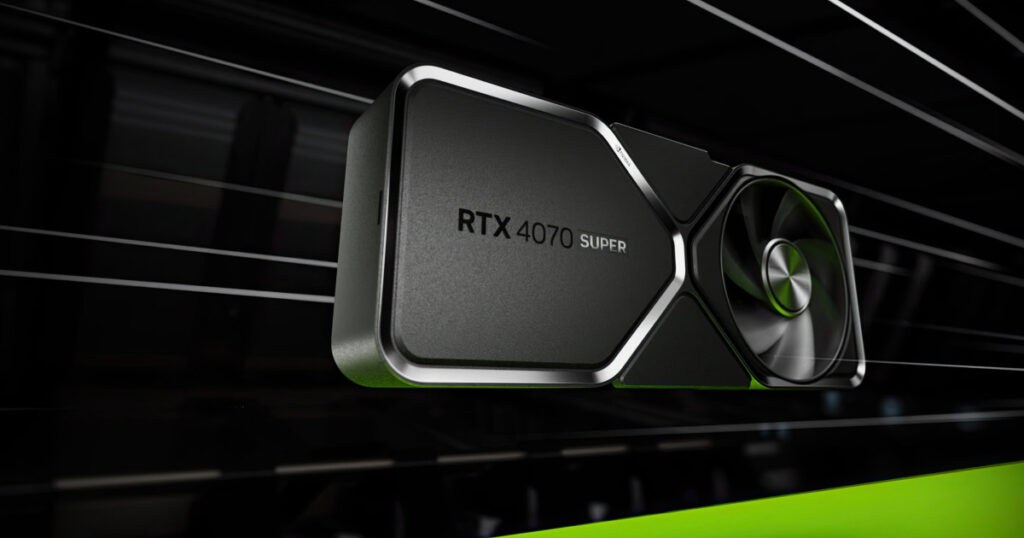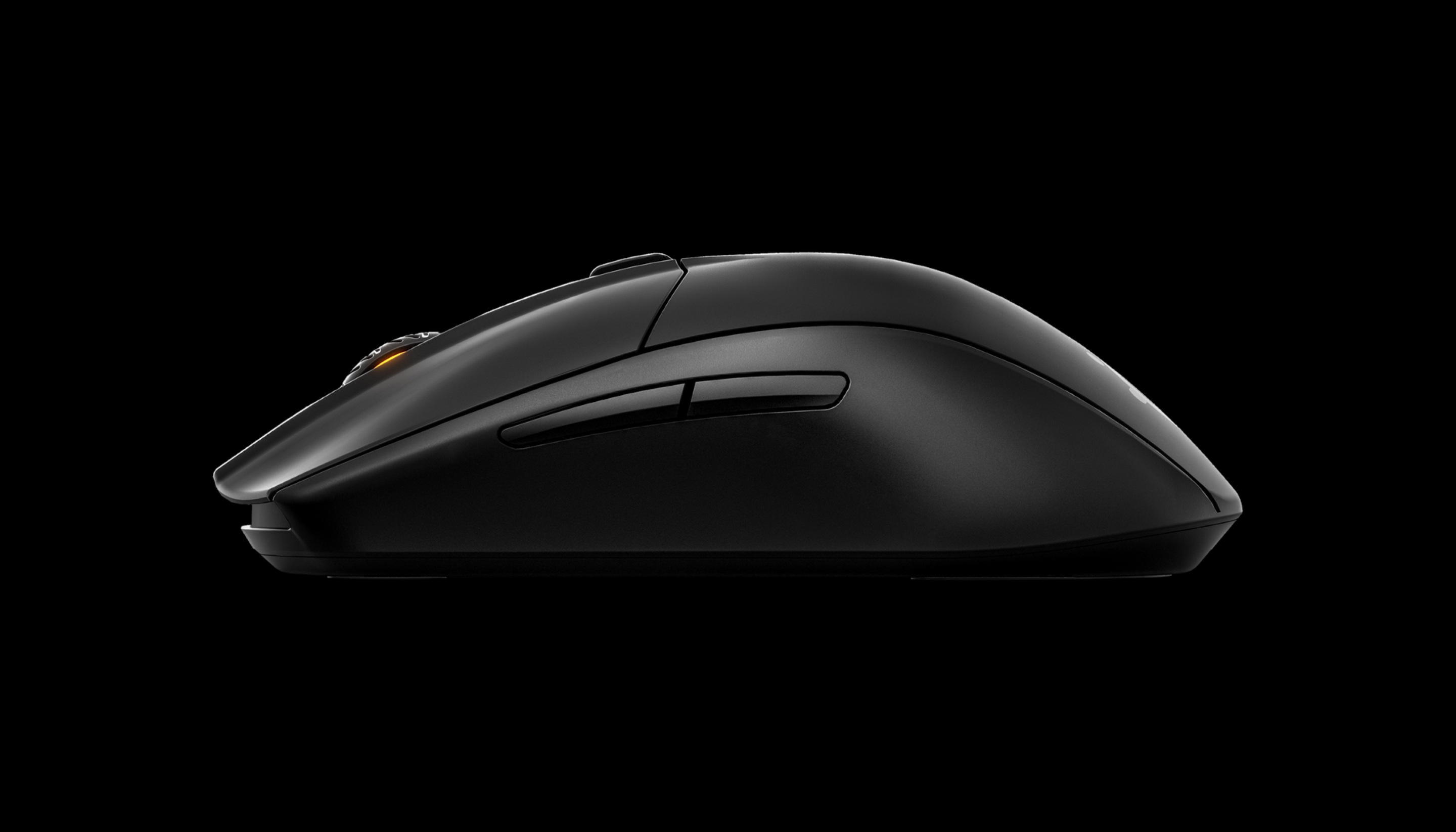The SteelSeries Rival 3 Wireless is a good place to start your wireless gaming journey.
SteelSeries Rival 3 Wireless review: Wireless 101
Our verdict
If you’re looking for your first wireless gaming mouse that doesn’t break the bank, the SteelSeries Rival 3 Wireless is a solid place to start. While it doesn’t have the high-end features of pricier wireless alternatives, it boasts a great sensor for accurate everyday and in-game performance. The big letdown is the sacrifices of favouring battery life (via ‘High-Efficiency Mode’) over performance.
SteelSeries Rival 3 Wireless Australia price
Data effective 13/11/2020. Offers and availability vary by location and are subject to change.
Once you get a taste of accurate wireless micing, it’s tough to go back. Even for everyday use, the prospect of never having to worry about snagging a non-existent cable while enjoying the accuracy of what used to be reserved for wired mice is one of those computing luxuries you didn’t know you needed.
I fell in love with wireless gaming mice when Logitech first started the fully accurate trend with the Logitech G900, then later improved on with the Logitech G502 Lightspeed. These days, there are plenty of contenders, but you’re looking at spending at least a couple of hundred bucks for most of them. This is where the SteelSeries Rival 3 Wireless steps in to offer a comparatively budget option in the increasingly popular space.
What’s in the SteelSeries Rival 3 Wireless box?
As you can safely expect, the SteelSeries Rival 3 Wireless box comes with everything required to play. Outside of a product information guide (also downloadable here), there’s the mouse, a Rival 3 Wireless Dongle, and two AAA batteries.
What are the SteelSeries Rival 3 Wireless’s main selling points?
- 400+ hour battery life
- Gaming-grade wireless connectivity
- Wired-like accuracy
Given the comparatively low price point, the bullet-point brags of the SteelSeries Rival 3 Wireless are particularly impressive. You can play with one or two AAA batteries, with the latter obviously providing more juice, but the former dropping the comparatively hefty weight. If you want to hit that 400+ hour battery life, though, you need to use either Bluetooth or the ‘High-Efficiency Mode’ setting in the SteelSeries Engine 3 software. The accuracy is absolutely there without this battery-preserving option enabled, and it’s also nice to have a choice between Bluetooth or 2.4GHz connections.

SteelSeries Rival 3 Wireless battery life
The no-brand batteries that come with the SteelSeries Rival 3 Wireless aren’t great. There’s a chance I received duds with my review unit, but they went from full to flat in four days without ‘High-Efficiency Mode’ enabled. Things fared a lot better when I switched to brand batteries, where I got closer to 17 days of use out of them, again, without ‘High-Efficiency Mode’ enabled. Both of these scenarios were with constant everyday use across normal computing and gaming scenarios.
Still, the prospect of switching out batteries twice a month isn’t great, which is where that ‘High-Efficiency’ Mode comes in, albeit with a catch. Activating this feature is where you get the longevity gains, but that’s not something that can be practically tested in a few weeks. It’s odd that SteelSeries has chosen to include RGB at all – a single light on the scroll wheel – given the emphasis on battery life, more so because ‘High-Efficiency Mode’ automatically deactivates this.
SteelSeries Rival 3 Wireless performance
The other compromise for reaching that 400+ hours of battery life is enabling this battery-saving mode also drops the polling rate from 1000Hz to 125Hz. Now, this is an area that has long been debated, particularly among shooter fans, but as someone who considers 500Hz to be the minimum of what feels perceivably responsive for shooters, 125Hz is concerning for me.
Without getting too lost in the details of the debate, as long as your CPU isn’t completely ancient, higher polling rates don’t have any disclaimers to offer, and the speedier positional reporting rate (1ms for 1000Hz vs 8ms for 125Hz) results in in-game accuracy that feels better.
Even for everyday computing, especially for people like me who use multiple monitors (I have three), higher polling rates helps with fast-movement accuracy across active windows spread across multiple monitors. Like the shift from wired to wireless, it’s hard to go back after you’ve experienced 1000Hz vs 125Hz. At 1000Hz, this is a viable budget wireless gaming mouse for even the most demanding of shooters, but you will want to manually shift the polling rate and RGB to find that mix of longevity and accuracy.

SteelSeries Rival 3 Wireless software
While SteelSeries Engine 3 software doesn’t hold up in comparisons to more fully featured offerings from Razer and Logitech, it still has all of the essential options you need that are a couple of clicks away from customising. This is where you’ll find that ‘High-Efficiency Mode’ setting, plus you can tweak mouse sensitivity levels for the CPI button, tweak the sleep timer to further preserve battery life, and manually tweak the polling rate (set to 1000Hz by default).
While the Sleep Timer is set to a reasonable five minutes, you can lower or raise this, and you can absolutely go lower because bringing the SteelSeries Rival 3 back to life is just a click away. It’s still odd that SteelSeries doesn’t include a more meaningful way to measure battery life for its wireless gaming mice. Having a percentage or, better still, a running tally of estimated time remaining would help remove the guesswork. As it stands, you’re reliant on your own approximations based on whether your battery is at three, two, or one bar when you first open the SteelSeries Engine 3 software.
Is the SteelSeries Rival 3 Wireless worth the price ($119RRP)?
If you’re not a competitive gamer, playing on an older PC, or are okay with the prospect of a 125Hz polling rate, having to worry about swapping out AAA batteries once or twice a year is hardly a daunting prospect. That said, if you do take your gaming seriously, the low-power sacrifices required to hit that 400+ hours of battery life feel at ends with the accuracy of the SteelSeries Rival 3 Wireless’s sensor.
This is an accurate and impressive gaming mouse in action, but without a wired option and the diligence required to manually shift between settings to find a sweet spot between performance and longevity means you’re likely better off investing in the truly awesome SteelSeries Rival 650 Wireless or another pricier wireless gaming mouse.
Related Articles





